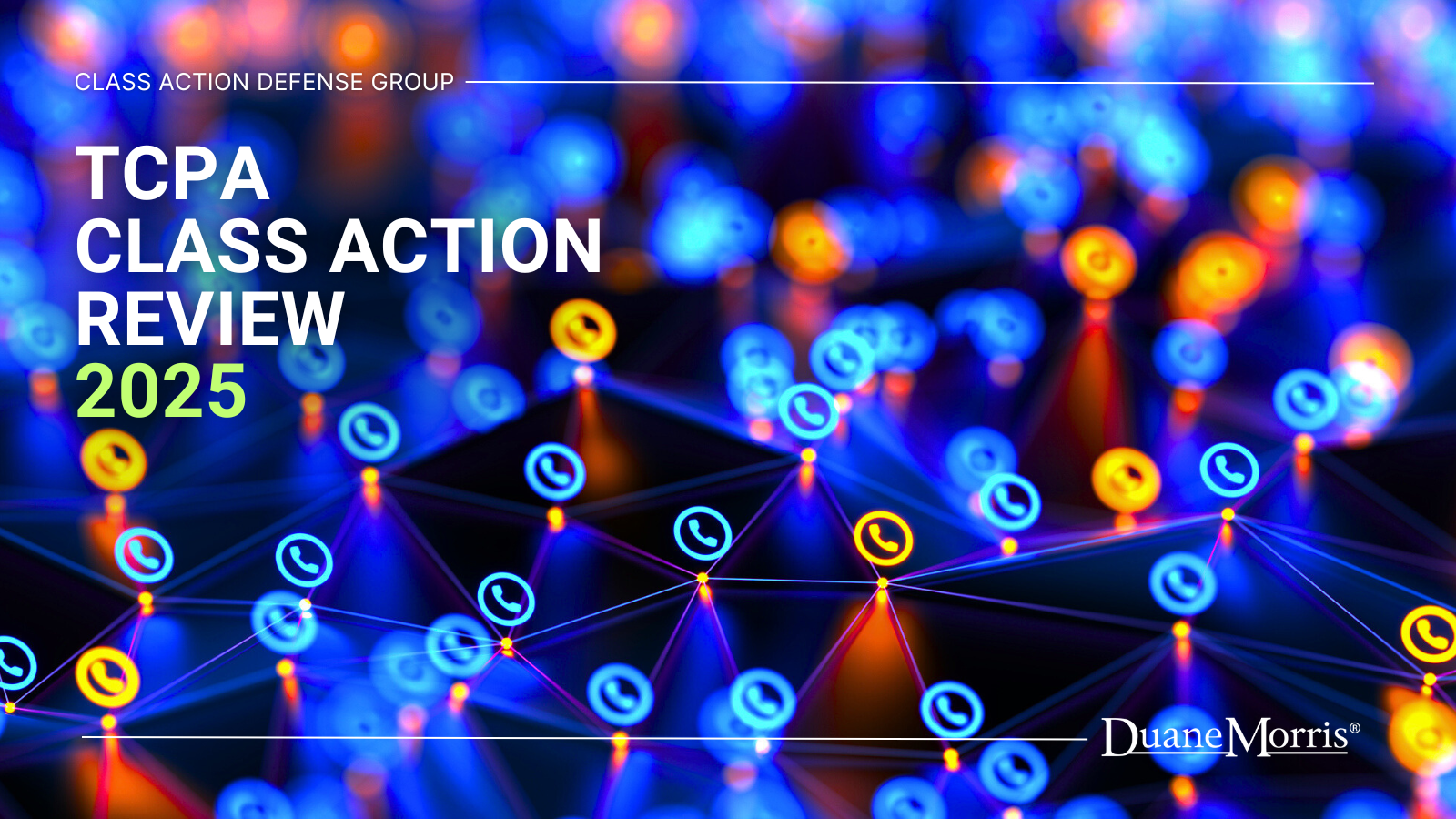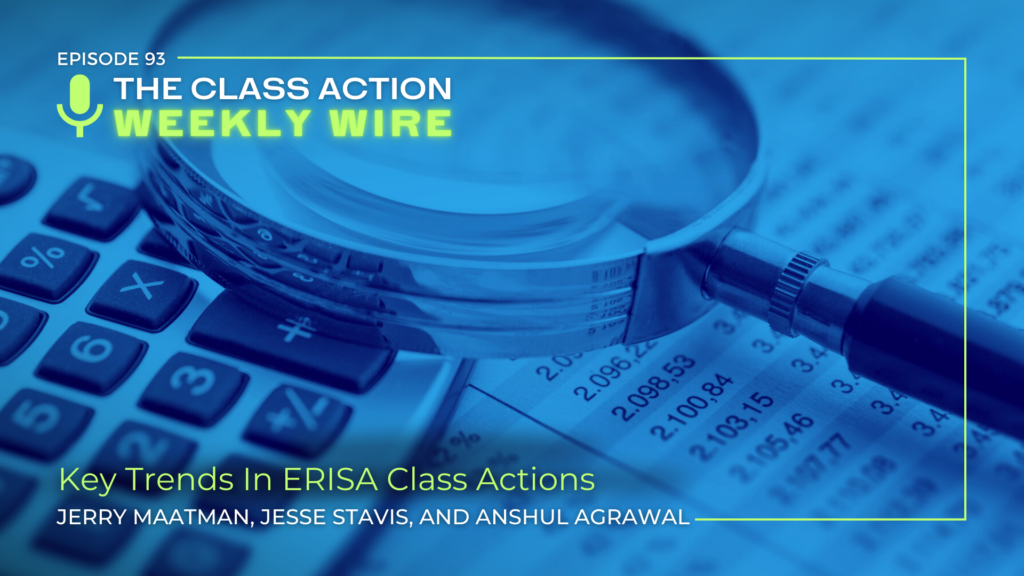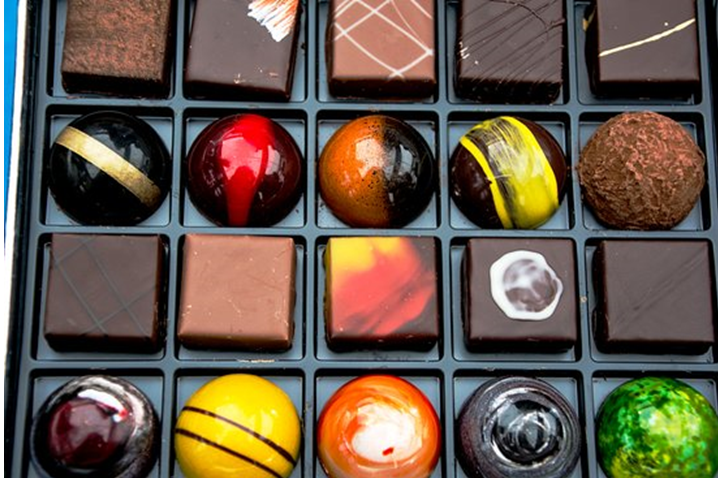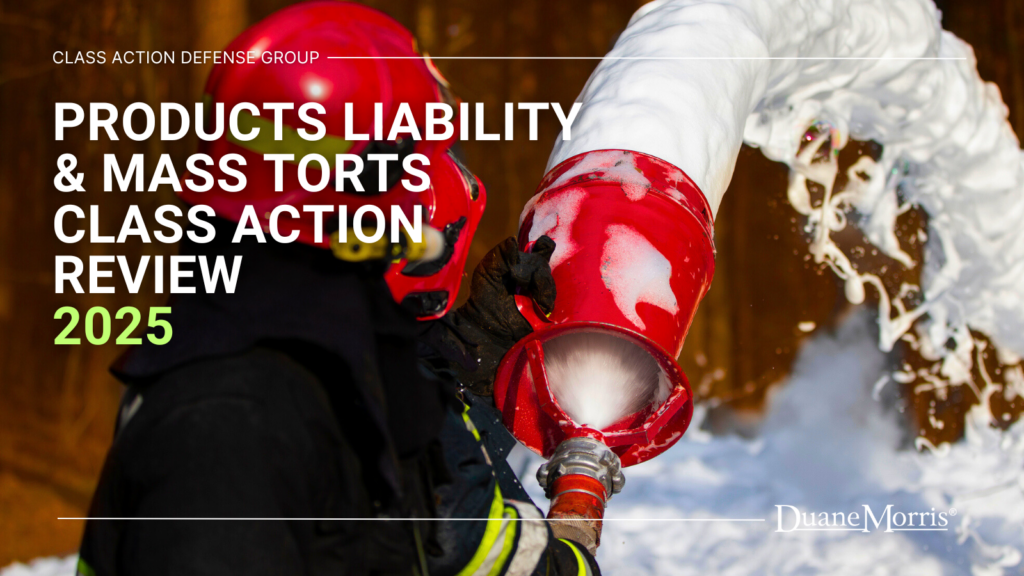By Gerald L. Maatman, Jr., Kevin E. Vance, and Ryan T. Garippo
Duane Morris Takeaways: On June 17, 2025, in Smith, et al. v. Costa Del Mar, Inc., No. 18-CV-1011, 2025 WL 1697161 (M.D. Fla. June 17, 2025), Judge Timothy Corrigan of the U.S. District Court for the Middle District of Florida dismissed a Magnuson-Moss Warranty Act (“MMWA”) class claim following a multi-million-dollar settlement between the parties due to lack of subject matter jurisdiction. Although the opinion may seem like a win for the company on its face, this decision only places further limitations on corporate defendants’ ability to access the federal forum and makes it more difficult for such defendants to get a fair trial where class-wide relief is alleged.
Background
Costa Del Mar, Inc. (“Costa”) “is a sunglasses manufacturer that represented to buyers that sunglasses were backed by lifetime warranties.” Smith v. Miorelli, 93 F.4th 1206, 1209 (11th Cir. 2024). Plaintiffs, who were Costa customers, filed three separate class action lawsuits alleging that the “lifetime warranties required Costa to repair their sunglasses either free-of-charge or for a nominal fee.” Id. Rather than repairing the sunglasses for a nominal fee, the plaintiffs alleged that Costa charged them, in some cases, up to $105.18 to repair their sunglasses which was paid by the plaintiffs.
After years of litigation, the plaintiffs ultimately filed an amended complaint “to facilitate a settlement agreement that would resolve the claims in all three cases” based on a MMWA class claim. Id. at 1210. To that end, the parties moved for approval of a class action settlement that would have provided “over $60 million of value to the class in the form of product vouchers and attorneys’ fees” as well as injunctive relief. Id. (quotations omitted). The district court preliminarily approved the parties’ settlement agreement pursuant to Federal Rule of Civil Procedure 23(e). But, the preliminary approval order was not the end of the story.
Several objectors challenged the district court’s order on the basis that “any award of attorneys’ fees to class counsel must be based on the value of product vouchers that are actually redeemed, not the value of vouchers that would be distributed.” Miorelli, 93 F.4th at 1211. The district court, however, overruled these objections and awarded class counsel $8 million dollars in attorneys’ fees.
The objectors appealed and argued, inter alia, that the district court abused its discretion to approve a settlement for injunctive relief because the plaintiffs lacked Article III standing under the U.S. Constitution. As the objectors saw it, the plaintiffs did not have an ongoing injury-in-fact, sufficient to support injunctive relief, where they had already paid the fees for their sunglasses. The Eleventh Circuit agreed with the objectors and reversed the district court’s preliminary approval order. In so doing, it also noted that “[t]he parties have raised other jurisdictional issues that the district court should consider in the first instance” because the Class Action Fairness Act of 2005 (“CAFA”) potentially “does not provide an alternative basis for a federal court to exercise subject matter jurisdiction over a case brought under the MMWA.“ Id. at 1213, n. 8. So, the case was remanded to the district court for further consideration of that question.
The Court’s Opinion
On remand, the district court had the “unenviable task of advising the parties that, notwithstanding the nearly seven years of litigation that have transpired since this case was filed, it is due to be dismissed for lack of subject matter jurisdiction.” Smith, 2025 WL 1697161, at *1.
The district court noted that “[t]he MMWA vests federal district courts with subject matter jurisdiction to hear claims brought under the Act.” Id. at *2. But, a district court only has federal question jurisdiction under the MMWA if there are more than 100 named plaintiffs. Id. at *2 (citing 15 U.S.C. § 2310(d)(3)). Because plaintiffs could not satisfy this requirement, they relied solely on the federal court’s ability to hear the case under CAFA.
Ordinarily, a plaintiff can a bring a class action in federal court, that otherwise must be heard in state court, where the requirements of CAFA are met. Subject to some exceptions, these requirements are that there must be: (a) at least 100 class members; (b) that there is minimal diversity between the parties; and (c) the amount in controversy exceeds $5 million dollars. 28 U.S.C. § 1332(d)(2).
The MMWA often presents a rare exception to that rule. As the district court explained, the Third and Ninth Circuits, as well as numerous federal district courts, have “determined that CAFA does not provide an independent basis for jurisdiction for an MMWA claim.” Smith, 2025 WL 1697161, *2. The district court noted that this opinion is not shared unanimously by its sister districts, but nonetheless agreed “that CAFA does not provide an independent basis for subject matter jurisdiction.” Id.
As a result, the district court held that “because there are fewer than 100 named plaintiffs” and the CAFA was not an independent basis for federal subject matter jurisdiction “plaintiff fails to meet the federal court jurisdictional requirements.” Id. at *3. Accordingly, after seven years of litigation and after a settlement agreement had been reached, the district court simply dismissed the case outright.
Implications For Companies
On its face, the Smith decision may seem like a great result for the company in this litigation because, after all, the lawsuit was dismissed in its entirety which is presumably what the company wanted all along. But, a more nuanced analysis reveals hidden traps for companies faced with class action litigation.
The result of this decision is not that this claim will never be heard at all, but rather that the case will not proceed in federal court. Indeed, the Smith plaintiff explicitly “stated he intended to refile this suit in state court if the Court determined it did not have subject matter jurisdiction.” Id. at *3, n. 6.
In general, it is not uncommon for a company to “prefer[] the federal courts because it fears a corporate defendant . . . will not get a fair trial in state court.” See, e.g., Hosein v. CDL West 45th Street, LLC, No. 12 Civ. 06903, 2013 WL 4780051, at *3 (S.D.N.Y. June 12, 2013). The Smith opinion adds a barrier to corporate defendants to avail themselves of the federal forum, and even goes so far as to place additional barriers on a defendant’s ability to settle claims against it.
If corporate counsel is concerned about their organizations being dragged into a class action, in a less-than-favorable state forum, then they should continue to monitor this blog for potential options or contact experienced outside counsel to discuss such matters.












